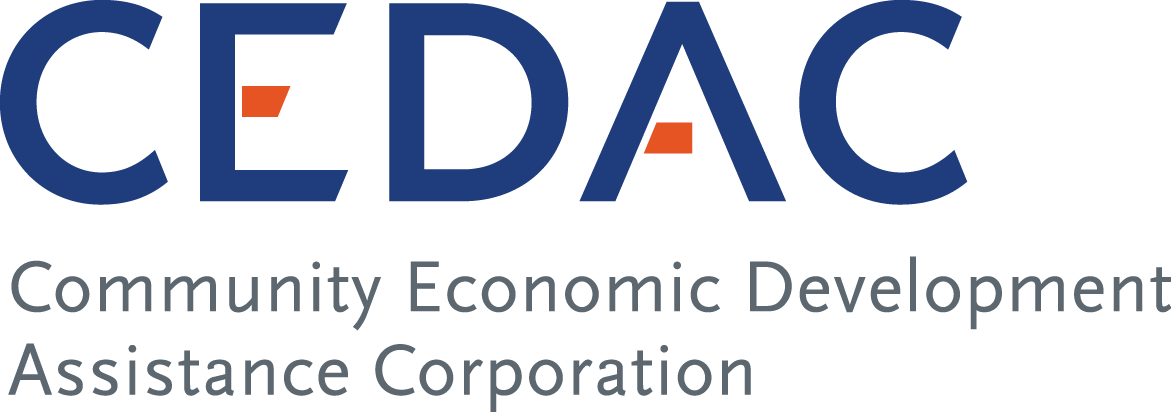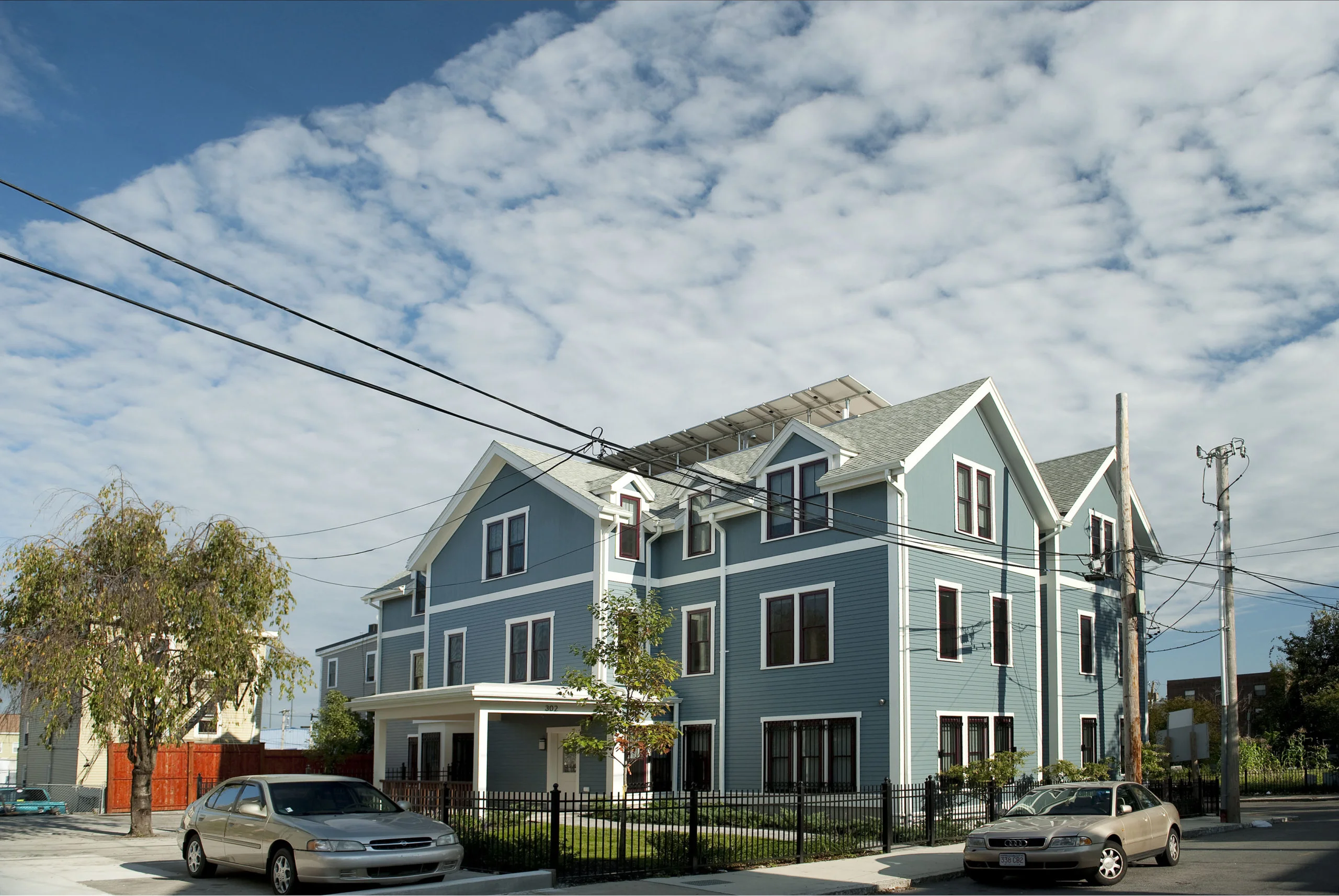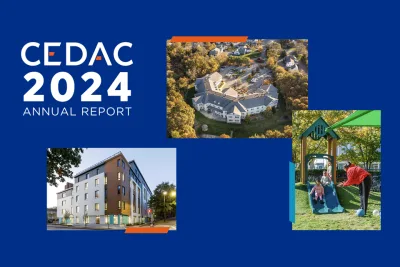By profiling the work of a CEDAC borrower, we can see not only the evolution of the organization, but the evolution of the non-profit affordable housing sector in Massachusetts. Casa Esperanza is a great example that allows us to trace an inspiring chapter in the history of supportive housing for individuals and families impacted by addiction.
Casa Esperanza was founded in 1984 as a grassroots response to the rise of alcohol and substance addiction among some in the Latino community in Boston. Among the few treatment options available in the mid-1980s, there were no programs for native Spanish speakers. Founding director Ricardo “Ric” Quiroga spent the first few years acquiring city-owned land on Eustis Street in Roxbury and raising the funds to build a twenty-five bed treatment program for men. The men’s program was the first bilingual, bicultural residential treatment program in Massachusetts, based on 12-step treatment protocol and adapted to meet the needs of the Latino community. As new graduates left the six month program, many could not find affordable, sober housing to support their ongoing recovery. To address this housing gap, Casa Esperanza became a non-profit real estate developer. Because this was its first foray into developing affordable housing, Casa Esperanza turned to CEDAC.
Addressing a Series of Challenges Through Supportive Housing
Beginning in 1989, CEDAC provided technical assistance and predevelopment funds to assist Casa in developing the Nueva Vida House, providing eight units of permanent supportive housing for treatment program graduates, located across the street from the men’s treatment program. Charleen Regan, Supportive Housing Program Manager from 1987 to 1999, worked closely with Ric and Nueva Vida became one of the first sober housing projects funded through the Housing Innovations Fund (HIF) program in 1991.
Next, Charleen and Ric worked to address Casa’s new programmatic challenge – providing residential treatment for women, including single mothers with young children. CEDAC provided predevelopment financing to cover the cost of designing the new building, and developing a feasible financing plan. Completed in 1995 and also funded through the HIF program, Latinas y Niños provides residential treatment for fourteen single women and up to seven mothers with children under ten years old. Prior to the opening of the program, many mothers could not enter residential treatment program and maintain custody of their children.
By 2001, Theresa Jordan – now Director of Children’s Facilities Financing for CEDAC’s affiliate, Children’s Investment Fund – began working with Casa Esperanza. Theresa worked with Ric and, later, then deputy director Emily Stewart to plan, design and close on the construction and permanent financing for Casa Familias Unidas, the agency’s most complex project yet. Casa Familias Unidas involved the expansion of the existing Nueva Vida House from eight to fifteen units, the development of two family units next door, and the construction of an outpatient clinic and community center called Familias Unidas across the street. The project was completed in 2006 and funded through HIF, the City of Boston, and the Federal Home Loan Bank of Boston (FHLB).
By the following year, Casa Esperanza had acquired another property on the same block to building fourteen more supportive housing units for single individuals in recovery. I began working with Emily on the project, which became Nueva Esperanza. This project was completed in 2009 with HIF, state Affordable Housing Trust Fund, City of Boston funds and FHLB financing. Ric Quiroga retired in 2011 and deputy director Emily Stewart became the new executive director.
Providing Recovery Services and Supportive Housing in a Culturally Competent Setting
In an interview this month, Ms. Stewart explained what makes Casa Esperanza unique among Massachusetts agencies focused on serving individuals in recovery. The organization provides “culturally competent” care and services. As defined in a field report by The Commonwealth Fund, this phrase refers to “providers and organizations which effectively deliver health care services that meet the social, cultural, and linguistic needs of patients.” In keeping with the humility at the core of the organization’s mission and values, the executive director prefers the term “culturally specific.” Ms. Stewart explains: “Since culture is specific to individuals, we need to avoid making assumptions about culture, while attempting to address individuals’ cultural needs.” For a behavioral health organization like Casa Esperanza, the key is finding what supports each person’s health and wellness.
Under Emily Stewart’s leadership, Casa Esperanza has undertaken cutting-edge research to test and improve the efficacy of their recovery programs. In direct response to the opioid epidemic, the organization opened up an intensive fourteen day residential post-detox program in Tewksbury to help participants focus on their recovery and develop individualized recovery paths. The bilingual, bicultural clinical stabilization program is funded by the Department of Public Health and third party insurers. The organization continues to operate on the vanguard of culturally specific substance abuse treatment and supportive housing for vulnerable individuals and families. CEDAC is proud of their decades-long involvement with inspiring leaders like Ric Quiroga and Emily Stewart and looks forward to Casa Esperanza’s next innovation in supportive housing and treatment for individuals in recovery.






